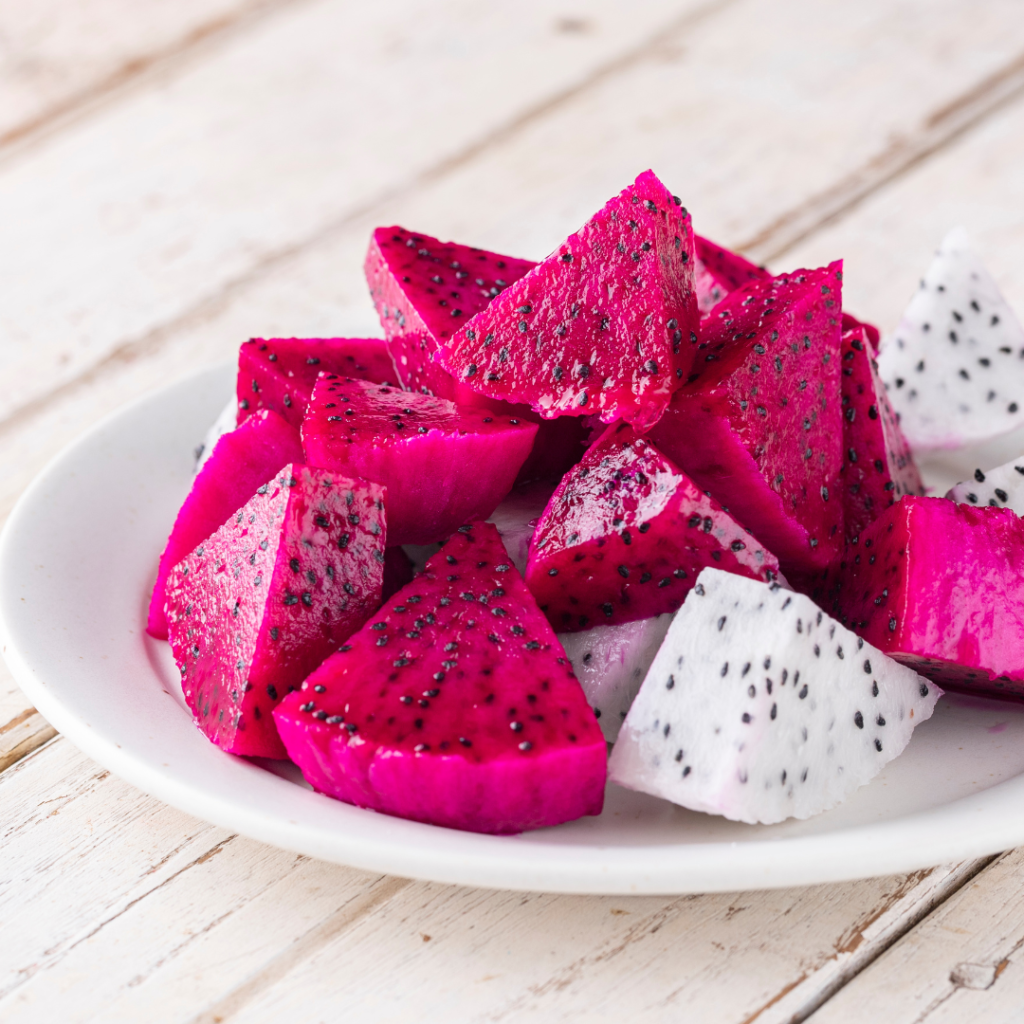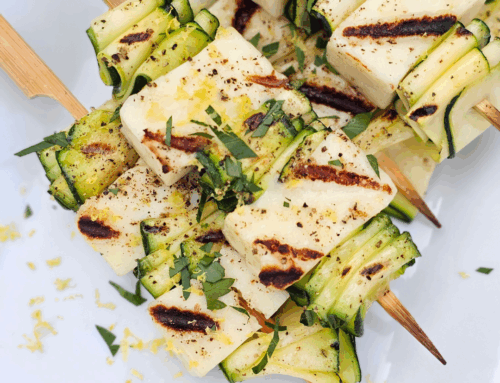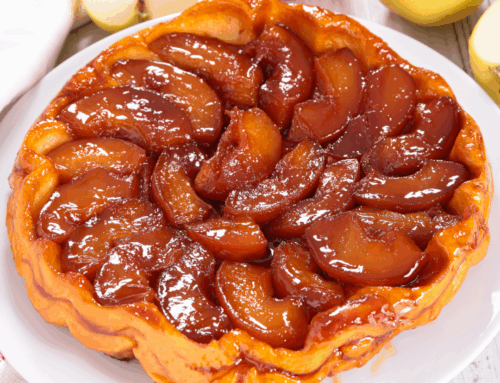
As we enter the lunar year of the dragon, we thought it’d be fun to celebrate the homonymous fruit.
Dragon fruit, also known as pitaya, is a vibrant tropical fruit with a unique, sweet flavour and a visually striking appearance, featuring a bright pink or yellow outer skin with green scales.
Year of the Dragon (Fruit)
This native Central American cactus, sometimes called pitaya or strawberry pear, is grown worldwide with Vietnam doing much of the heavy lifting. Although at its peak in summer and early fall, this visually stunning tropical fruit can often be found at different times throughout the year, even in some mainstream supermarkets. For the most fun, check out an Asian market first as they have bigger turnover, often better quality and possibly lower prices. Because, yes, these almost comical-looking tropical fruits are expensive. They travel from afar.
There are three pink-skinned varieties of dragon fruit; one with white flesh, one with pink flesh and one with purple flesh. Then there is the elusive yellow-skinned fruit with white flesh, the sweetest and smallest of the four. The bright pink dragon fruit with white flesh is the most common albeit least sweet.
When purchasing dragon fruit, look for bright, even-coloured skin, few surface blemishes and well-formed green tips. A ripe dragon fruit will be heavy in the hand and feel like a ripe peach. Apply gentle even pressure to check, but be mindful of other shoppers. There’s nothing worse than buying produce that has been carelessly prodded by others. An unripe fruit can be ripened at room temperature. Wrap both the whole and cut fruit well to avoid odor transference in the fridge.
If you find yourself with a single dragon fruit, a mango, a papaya, perhaps a star fruit bought in a fit of experimentation, any variety of melon (watermelon, cantaloupe, honeydew) and even an avocado, a fruit salad or salsa is definitely the answer. Simply peel and cube any combination of these tropical fruits and dress with lime juice, a pinch of salt and a little sugar syrup to taste. The fruits are soft, so toss gently. Note: star fruit don’t need to be peeled and are prettiest when simply sliced crosswise. The pieces look like stars! Go figure.
Kids will love this striking fruit. Its mild sweet flavour and crisp-but-somehow-creamy texture, with the added crunch of completely edible tiny black seeds, begs a squealing audience. It’s easy to cut up for immediate consumption so little hands can easily assist. What fun to scoop sweet white flesh flecked with tiny black crunchy seeds out of a bright pink and green shell with a spoon.









Leave A Comment